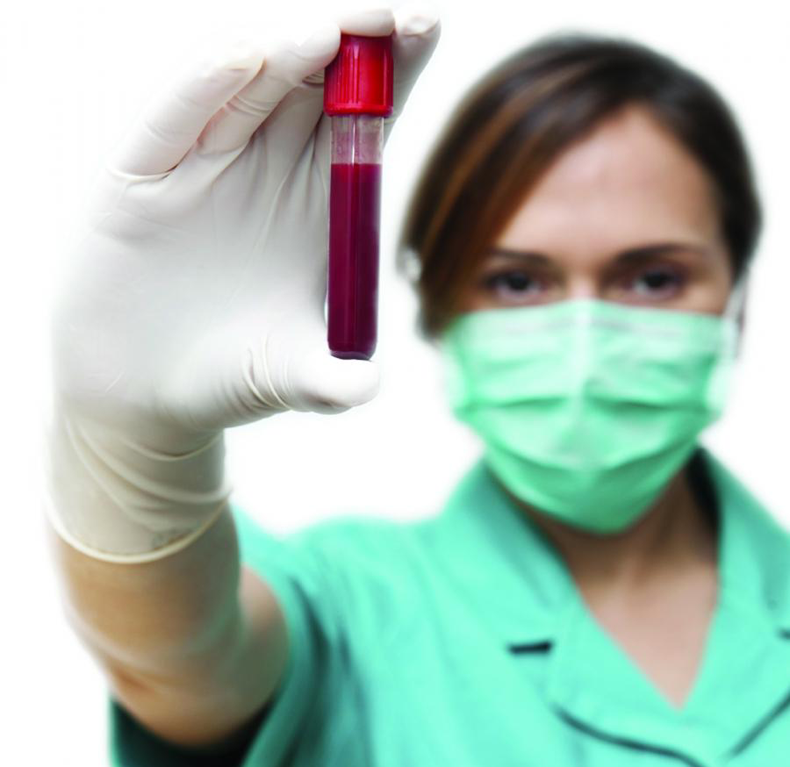Mastering the Order of Draw: Key Guidelines for Safe and Accurate Blood Collection
blood collection is a critical part of medical diagnostics, and understanding the order of draw is essential for ensuring safe and accurate results. The sequence in which blood specimens are collected from patients can greatly affect laboratory results due to contamination or the chemical interactions of various additives in the collection tubes. In this article, we will explore the importance of mastering the order of draw, guidelines to follow, and practical tips to optimize your blood collection practices.
benefits of Following the Order of Draw
- Prevents Contamination: Avoids cross-contamination of samples and preserves the integrity of tests.
- Enhances Accuracy: Ensures test results are reliable, reducing the need for repeat draws.
- Saves Time: Streamlines the blood collection process and improves efficiency in healthcare settings.
- Increases Patient Comfort: Minimizes the number of needle sticks required for testing.
Key Guidelines for the Order of Draw
When collecting blood specimens, following the accepted order of draw can prevent erroneous test results. Here’s the standard order:
| Tube Color | Additive | Common Tests |
|---|---|---|
| 1. Yellow | Sodium Polyanetholesulfonate (SPS) | Blood cultures |
| 2. Light Blue | Citrate | Coagulation tests |
| 3. Red | no additive or clot activator | Serum tests |
| 4. Gold/Tiger Top | Gel separator | serum tests, BMP |
| 5. green | Heparin | Stat chemistry tests |
| 6. Lavender | EDTA | Complete blood counts |
| 7. Gray | Fluoride/oxalate | Glucose tests |
Always ensure that you follow this order strictly, as deviations can lead to inaccurate results.
Practical Tips for Safe Blood Collection
- Label Tubes promptly: Always label each tube immediatly after collection to prevent mix-ups.
- Use the Right Size Needle: Choose the appropriate gauge needle based on the patient’s vein size to minimize discomfort.
- Immediately Invert Tubes: For non-gel tubes, gently invert them right after collection to ensure proper mixing of additives.
- Avoid Hemolysis: Handle tubes gently to avoid hemolysis, which can lead to false results.
- Practice Good Hygiene: Ensure aseptic technique is employed to reduce the risk of infection.
Case Studies and Real-World Applications
In a recent study published in the Journal of Clinical Laboratory Science, researchers found that improper order of draw significantly impacted the test results in over 30% of patients tested. For instance, the presence of hemolysate was noted in serum taken after lavender tubes, leading to inaccurate liver function tests.
In another case, a healthcare facility implemented training on the order of draw and reported a 40% decrease in the need for repeat blood draws over six months, emphasizing the significance of education in clinical settings.
First-Hand Experience: A Phlebotomist’s insight
As a phlebotomist with over five years of experience, I have seen firsthand how crucial the order of draw is. I onc had a patient who required tests from multiple tubes, and I followed the order meticulously. All results came back accurate on the first draw, proving to my colleagues the importance of the established protocols. This not only saves us time but also creates a better experience for the patient.
Conclusion
Mastering the order of draw is vital for any healthcare professional involved in blood collection. by adhering to the established guidelines, benefits can be observed through enhanced accuracy in test results and improved patient care. Implementing practical tips and learning from real-world experiences will only further contribute to the efficiency of blood collection practices. Whether you are a seasoned phlebotomist or new to the field, making this knowledge a priority can indeed master the art of blood collection. Remember,consistent practice and adherence to protocols translate into great patient outcomes.
